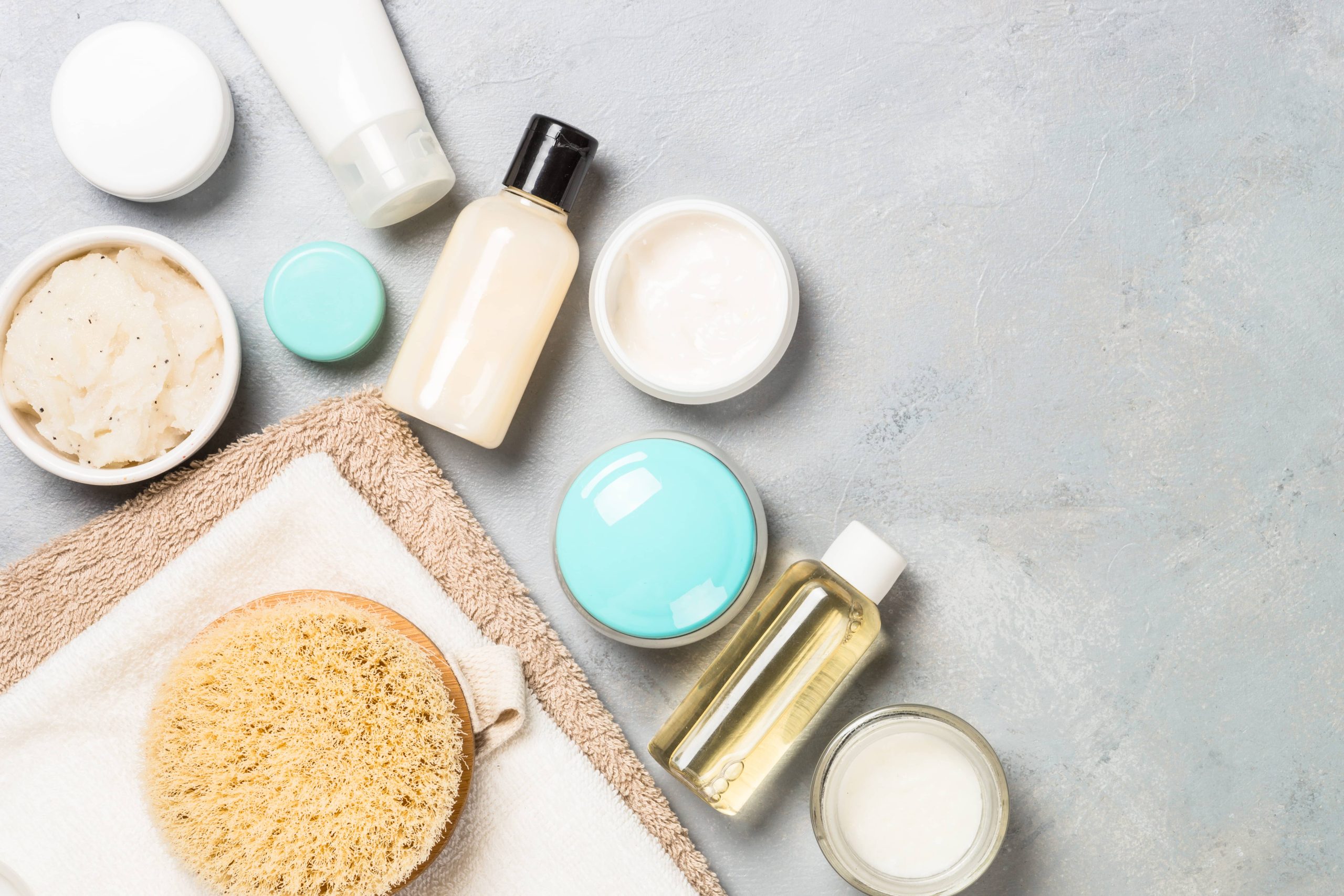
Hormonal acne is a common skin condition that affects many individuals, particularly during adolescence, but it can persist into adulthood. Unlike other types of acne, hormonal acne is deeply rooted in the body’s internal processes, making it a bit more challenging to treat. However, with the right approach and understanding, it is possible to manage and even stop hormonal acne effectively. In this guide, we will explore insights from dermatologists on how to tackle this persistent issue.
Understanding Hormonal Acne
Hormonal acne is primarily caused by fluctuations in hormone levels, particularly androgens like testosterone. These hormones can increase the production of sebum, an oily substance that can clog pores and lead to acne. Hormonal acne often appears on the lower part of the face, such as the jawline and chin, and can manifest as cystic, painful bumps.
Identifying Hormonal Acne
Before diving into treatment options, it’s crucial to identify whether your acne is hormonal. Here are some signs that your acne might be hormone-related:
1. Timing: If your acne flares up around your menstrual cycle, it could be hormonal.
2. Location: Acne concentrated around the jawline and chin is often hormonal.
3. Type: Deep, cystic acne is a common form of hormonal acne.
4. Age: While it can occur at any age, hormonal acne is common in teenagers and women going through menopause.
Dermatologists’ Recommended Treatments
1. Topical Treatments:
– Retinoids: These vitamin A derivatives help unclog pores and reduce inflammation. They are often the first line of treatment for acne.
– Benzoyl Peroxide: This can help kill bacteria and reduce oil production.
– Salicylic Acid: Known for its ability to exfoliate the skin and keep pores clear.
2. Oral Medications:
– Birth Control Pills: These can help regulate hormones and reduce acne in women.
– Spironolactone: This medication reduces androgen levels and is often prescribed for women with hormonal acne.
– Antibiotics: These can help reduce inflammation and bacteria on the skin.
3. Lifestyle Changes:
– Diet: Some studies suggest that reducing dairy and high-glycemic foods can help manage acne.
– Stress Management: Stress can exacerbate hormonal imbalances, so practices like yoga and meditation can be beneficial.
– Sleep: Ensuring adequate sleep can help regulate hormones.
4. Professional Treatments:
– Chemical Peels: These can help exfoliate the skin and reduce acne.
– Laser Therapy: This can target bacteria and reduce inflammation.
– Extraction: Professional extraction of cysts can prevent scarring.
Skincare Routine for Hormonal Acne
A consistent skincare routine is essential for managing hormonal acne. Here’s a dermatologist-recommended routine:
1. Cleansing: Use a gentle cleanser twice a day to remove excess oil and dirt.
2. Exfoliation: Incorporate a chemical exfoliant like salicylic acid a few times a week.
3. Treatment: Apply topical treatments as prescribed by your dermatologist.
4. Moisturizing: Use a non-comedogenic moisturizer to keep your skin hydrated.
5. Sun Protection: Always apply sunscreen during the day to protect your skin from UV damage.
When to See a Dermatologist
If over-the-counter treatments and lifestyle changes aren’t making a difference, it’s time to consult a dermatologist. They can provide personalized treatment plans and prescribe medications that are more effective for your specific skin type and condition.
Conclusion
Hormonal acne can be a frustrating and persistent issue, but with the right approach, it is manageable. By understanding the root causes and following a dermatologist-recommended treatment plan, you can achieve clearer skin. Remember, patience and consistency are key, and it’s important to give treatments time to work. If you’re struggling with hormonal acne, don’t hesitate to seek professional help to find the best solution for your skin.
